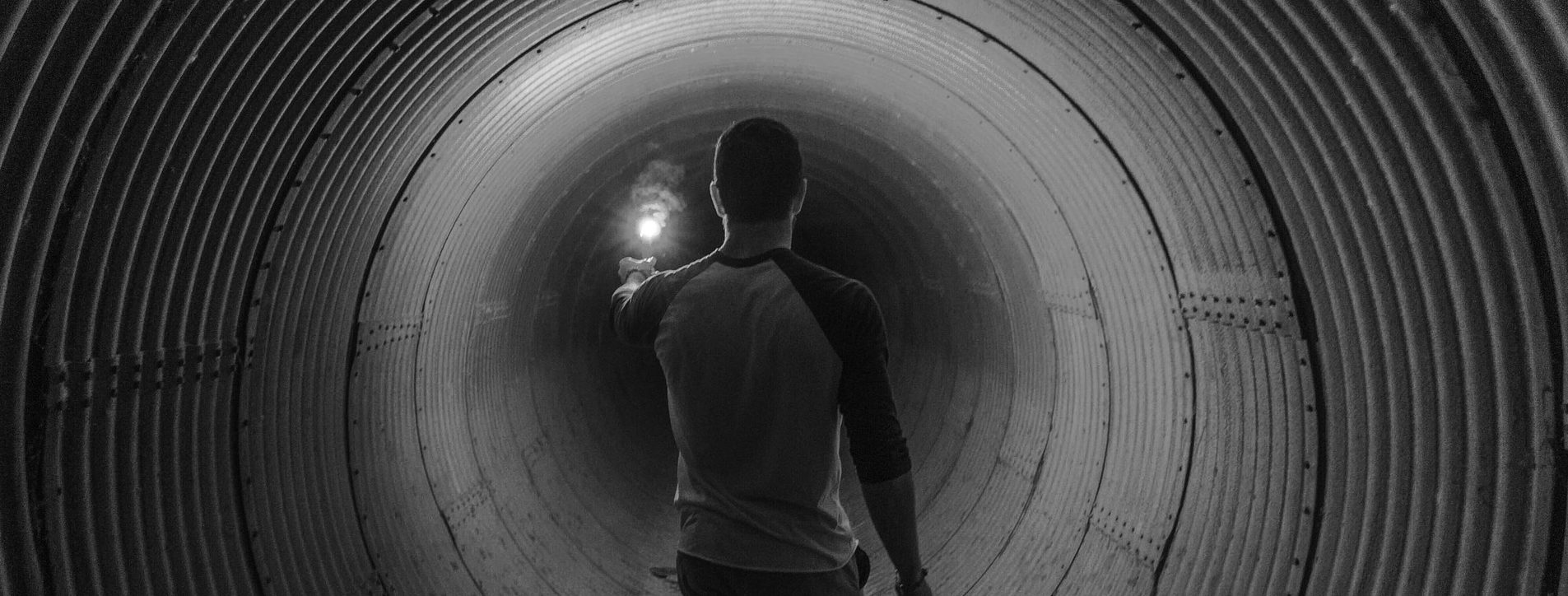The conclusion is part of a Roland Berger study, which identified more and more companies considering predictive maintenance as a strategic business function to reduce maintenance costs, production interruptions and thus increase the life of the equipment.
Monitoring the condition of production equipment or condition monitoring is the most widespread solution for managing production equipment. Condition monitoring solutions typically analyze some functional parameters through thermographic, ultrasonic, vibration analysis and quality analysis of hydraulic oil used in installations.
State-of-the-art monitoring provides important information about the state of operation of the equipment, but offers limited possibilities to solve the problem before it produces consequences in production (usually discontinuing production, with a direct impact on costs and revenues).
The real help is to identify the cause of a potential problem and the time left until the event occurence, and this is the area where predictive maintenance offers value-added solutions.
Predictive maintenance solutions collect information from multiple sources in production equipment and provide predictions about their behavior, more precisely when a component will fail. Thus, failures can be avoided by anticipated appointment of the interventions.
However, Roland Berger’s analysis highlights that integrating predictive maintenance solutions into manufacturing industries raises several challenges:
- the development of functional solutions is influenced by the integration of various equipment and dynamic production conditions;
- preparing manufacturing companies to implement such solutions depends on:
- the possibility of collecting data from equipment that does not allow the integration of sensors;
- the level of trust in such solutions – in many maintenance companies is still an activity carried out predominantly by technicians who consider that technologies are not capable of better identifying equipment errors.
The entire Roland Berger study here.
The results obtained from two case studies





